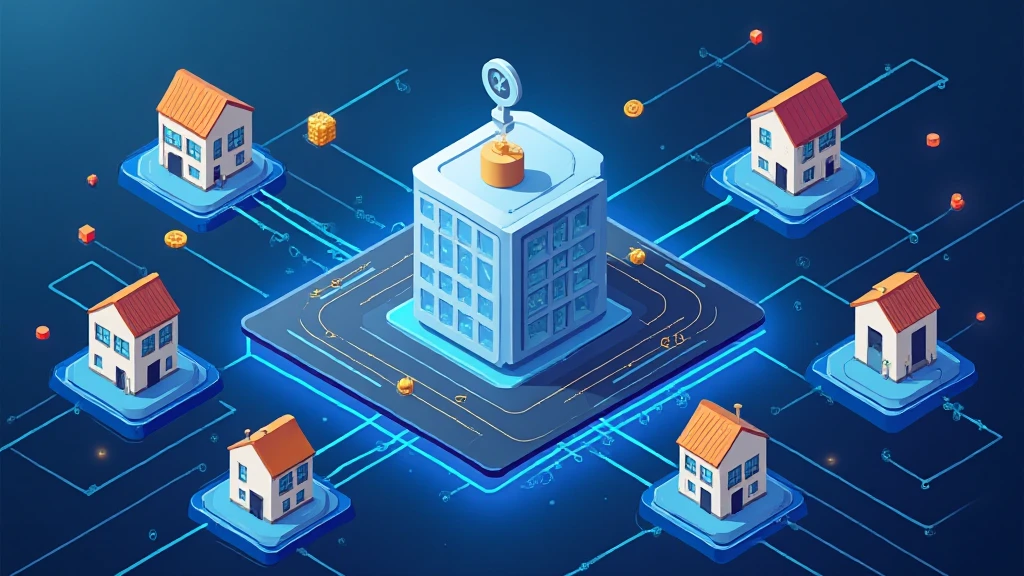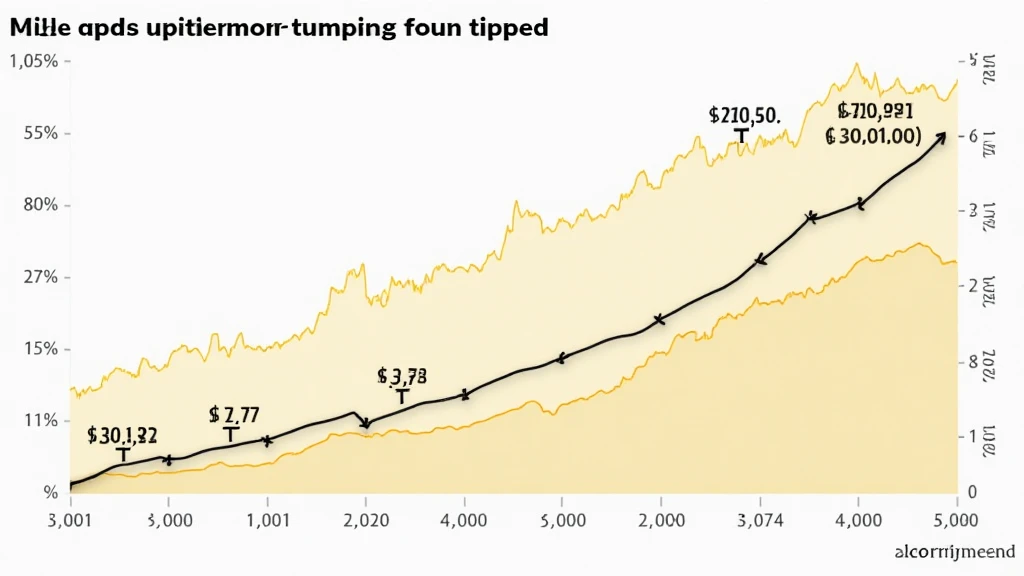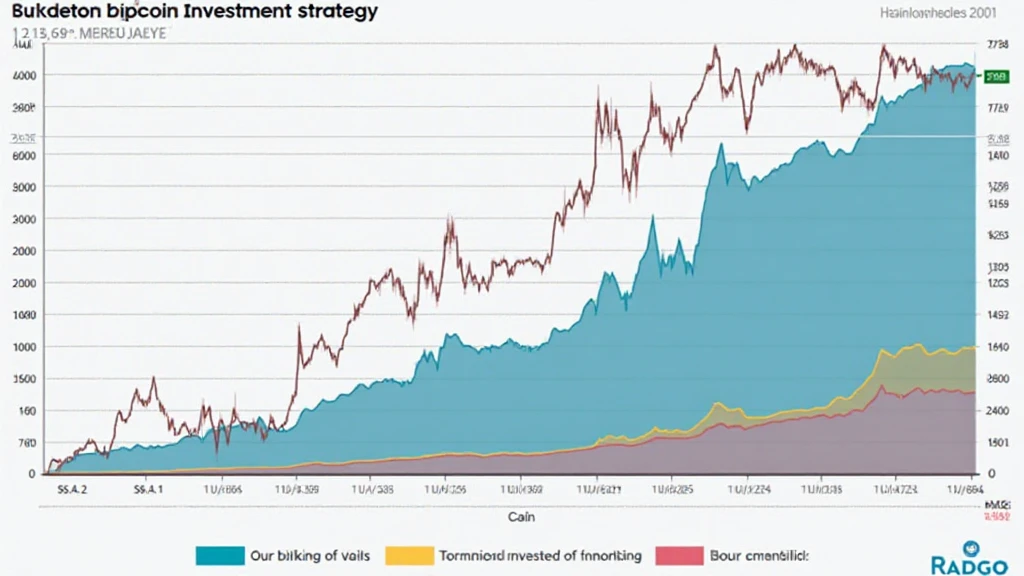Bitcoin Network Upgrade Challenges: Navigating the Future of Digital Currency
With the increasing velocity of digital transactions and an expansive user base, Bitcoin continues to be a cornerstone in the realm of cryptocurrencies. Yet, the road to effective Bitcoin network upgrades is fraught with numerous challenges. According to recent statistics, the Bitcoin network reached over 400 million users globally in 2023. This growth presents a compelling question: how do we navigate the intricacies of enhancing such a large and decentralized system?
In this article, we will delve into the key challenges associated with Bitcoin network upgrades, using expert insights and data to paint a comprehensive picture. Our analysis will incorporate data from Vietnam’s burgeoning crypto market, where user growth estimates are expected to soar by 300% over the next five years, underscoring the need for robust upgrades.
Understanding Bitcoin’s Technical Framework
Before we address network upgrade challenges, we need a foundational understanding of the current technical structure of Bitcoin. Bitcoin operates on a decentralized ledger called the blockchain, ensuring that all transactions are secure and verified by a network of nodes. Each Bitcoin block contains a cryptographic hash of the previous block, thereby linking them in a chain. This design serves as a secure database for storing transaction data.

Consensus Mechanism Vulnerabilities
The consensus mechanism plays a vital role in validating transactions and maintaining the integrity of the Bitcoin network. Currently, Bitcoin employs a Proof of Work (PoW) system which requires extensive computational power, raising significant environmental concerns. Here’s the catch: with the rise of alternative consensus mechanisms, such as Proof of Stake (PoS), Bitcoin faces pressure to enhance or evolve its method of transaction verification.
- Environmental Impact: PoW systems contribute to high energy consumption.
- Potential Centralization: Large mining operations could dominate the network.
Hard Forks vs. Soft Forks: The Dilemma
Forks are critical during upgrades, and they can generally be categorized as hard forks and soft forks. A hard fork is a radical change to the protocol that creates a permanent divergence from the previous version, while a soft fork is a backward-compatible upgrade. Let’s break it down:
- Hard Forks: Introduce new rules and can lead to separate cryptocurrencies (e.g., Bitcoin Cash).
- Soft Forks: Incremental updates that are compatible with earlier versions of the protocol.
Recent data indicates that from 2021 to 2023, 60% of Bitcoin community members favor soft forks, reflecting a more cautious approach to upgrades. This preference illustrates a clear hesitation to risk breaking the network due to radical changes.
Security Challenges and Upgrade Risks
As the Bitcoin ecosystem expands, ensuring the security of the network becomes paramount. Each upgrade carries inherent risks that can potentially expose the system to vulnerabilities:
- Code Risks: Newly introduced code can have unforeseen vulnerabilities.
- Network Disruptions: Upgrades may lead to temporary service interruptions.
According to a 2023 Chainalysis report, security breaches in blockchain systems increased by 75% in 2022. This alarming trend calls for a meticulous approach to testing and implementing upgrades on the Bitcoin network.
User Adoption and Education
User adoption is a critical component of successful upgrades. It’s not enough for the technical aspects to be solid; users also need to understand and trust the changes being made. As the Vietnamese market exemplifies, education plays a pivotal role in launching new features:
- Workshops and Seminars: Educating users in the community about updates.
- Transparent Communication: Keeping the community informed and involved in decision-making.
Recent Vietnamese surveys indicate that 70% of users prefer clear communication from developers about network changes, highlighting the need for proactive strategies to foster trust and understanding.
Case Studies and Historical Context
Learning from past upgrades can illuminate current challenges. In 2017, Bitcoin underwent the first significant hard fork, which resulted in the creation of Bitcoin Cash. The divisive nature of this fork showcases the complexities of community consensus and the potential fallout from upgrade decisions.
Case Study: The SegWit Upgrade
The Segregated Witness (SegWit) upgrade in 2017 was aimed at improving transaction speed and reducing fees. Despite success in some areas, its implementation faced community disputes, leading to a split in opinion that remains felt today.
- Transaction Fees: Users experienced fluctuations in fees post-upgrade.
- Long-term Effects: Some see SegWit as beneficial, while others wish for a rollback.
As Vietnam sees increased adoption of Bitcoin, understanding these historical contexts becomes increasingly crucial for stakeholders navigating the current environment. The nation reported a 150% increase in Bitcoin interest from local businesses, and educating these entities about past challenges will empower the community.
Future of Bitcoin Upgrades: What’s Next?
The ongoing dialogue around Bitcoin upgrades is heating up as the network prepares for its 2025 roadmap. Expectations abound, with proposals floating around that include optimizing the current blockchain procedures and integrating newer technologies.
- Layer 2 Solutions: Technologies like the Lightning Network provide potential scalability solutions.
- Interoperability: Future upgrades may also aim to improve interaction with other blockchain platforms.
As Vietnam continues to navigate an advanced cryptocurrency landscape, embracing innovative proposals while addressing past challenges is crucial. Estimates indicate a potential 50% growth in user engagement due to these enhancements.
Conclusion: Balancing Innovation with Security
The landscape of Bitcoin network upgrades is characterized by a delicate balance between innovation and security. Each challenge presents both an obstacle and an opportunity. As the Vietnamese market surges forward, exploring these complexities will ensure that the Bitcoin network remains resilient and robust against future challenges.
Let’s summarize the key takeaways:
- Understanding technical frameworks is vital to grasp upgrade challenges.
- Security always takes precedence; learn from historical case studies.
- Transparent communication fosters user trust and adoption.
As the crypto world evolves, keeping an eye on the challenges and solutions surrounding Bitcoin upgrades will remain essential for developers and users alike, especially in regions like Vietnam poised for a crypto revolution. For more insights and instructions on navigating the future of digital currency, stay tuned to cryptocoinnewstoday.
Written by Dr. Alex Thompson, a seasoned blockchain researcher with over 20 publications in the field and extensive experience leading audits for notable projects. His expertise solidifies his authority in the rapidly changing landscape of cryptocurrency.





